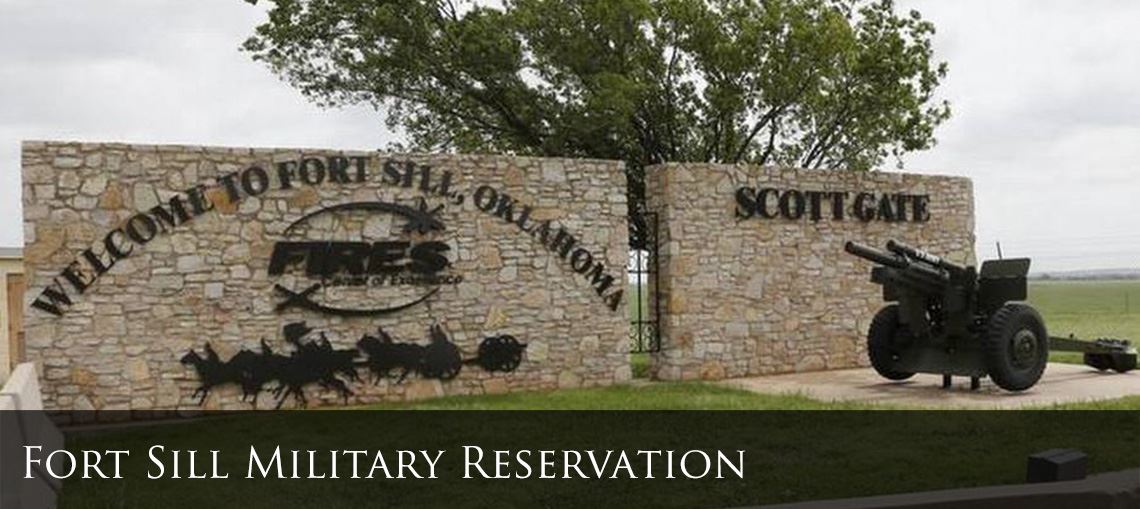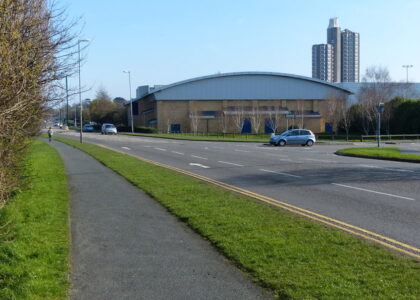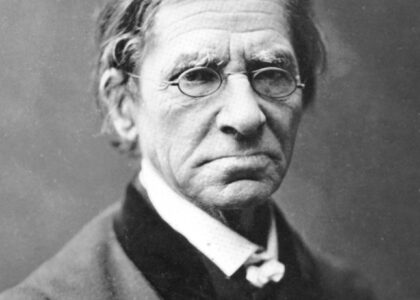Welcome to Fort Sill, a place where the echoes of history resonate through the landscape. Established in 1869, Fort Sill was founded in response to increasing tensions on the southern Great Plains. It was named by Major General Philip H. Sheridan to honor his fallen West Point classmate, Brigadier General Joshua W. Sill, who was killed during the Civil War. The fort’s original purpose was to control the Comanche, Kiowa, and other tribes, whose raids into Texas and Mexico had become frequent and disruptive.
Fort Sill has been a pivotal site in every major American conflict since its establishment. During the Indian Wars, it was a critical frontier outpost. The famous Buffalo Soldiers, African American regiments known for their courage and resilience, served here in the late 19th century. It was a place where cultures clashed and converged, as Native American leaders like Quanah Parker, a prominent Comanche chief, played significant roles in the history of the region.
Over the years, Fort Sill transformed from a cavalry post to a hub of military innovation. It is now home to the United States Army Field Artillery School and the Air Defense Artillery School. During World War I, the fort was a training ground for over 50,000 soldiers, and it continues to be a vital training center today.
One of Fort Sill’s unique stories involves the notorious ‘trader post scandal’ during the 1870s, which implicated Secretary of War William W. Belknap in a corruption scheme involving kickbacks from trading post profits. This scandal highlighted the complex interactions and sometimes corrupt dealings between military and civilian entities during the Reconstruction era.
Today, visitors to Fort Sill can explore its rich history at the Fort Sill National Historic Landmark and Museum, which houses exhibits from the Dragoon Expedition in 1834 to the early 20th century. It’s a place where you can walk the grounds that once echoed with the footsteps of soldiers and Native American leaders, and where the past is preserved for future generations.






